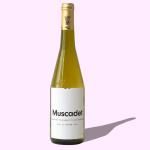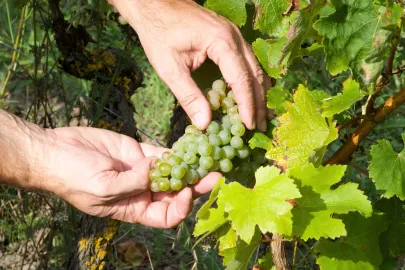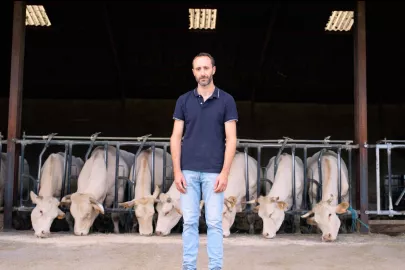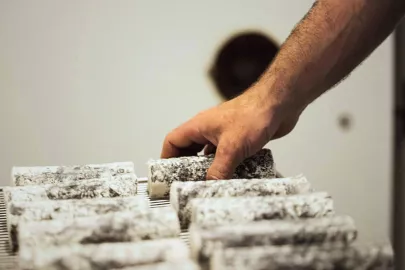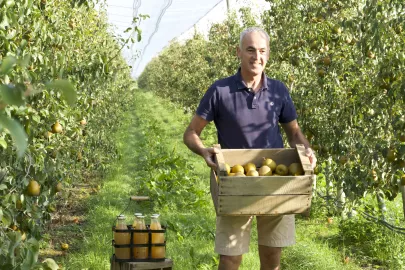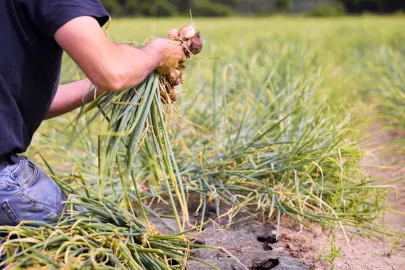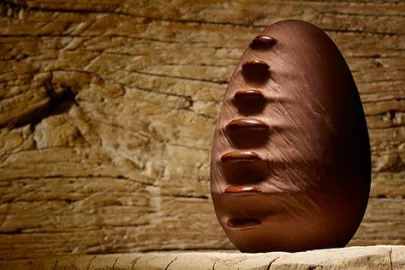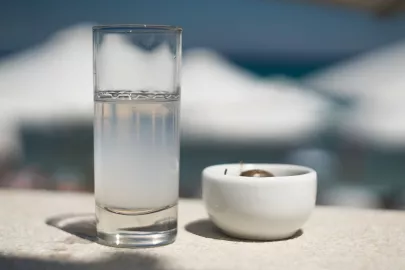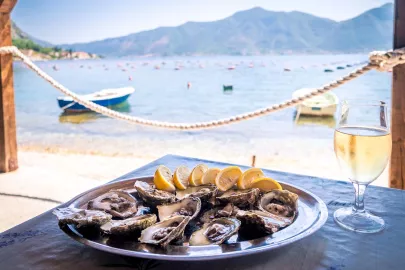Rock-hewn wine caves are a spectacular sight and offer the ideal conditions for maturing and aging wine. In fact, vintages from the Loire Valley owe a part of their magic to these underground caves.
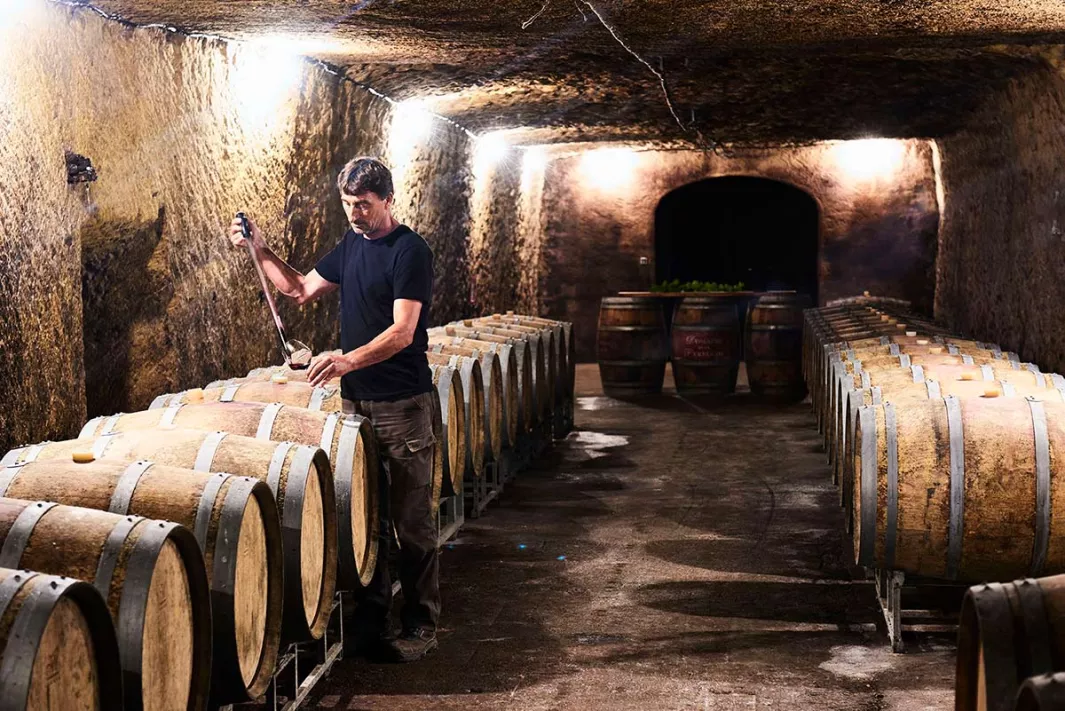
In this article
Here's a question—what gives the villages in the Saumurois and Touraine regions their unique glow? The answer is tuffeau stone, a limestone that still makes up the walls of local homes and makes them glow with a soft, intense light. What does that have to do with wine, you ask? Read on to find out!

© ©Louis-Laurent Grandadam
A Swiss-cheese vineyard!
Wine growing in the region is closely tied to the way this rock is used. The quarries that once served to remove the rock from the earth were later used to raise silk worms. Mushroom farmers were the next to move in, followed by a large number of wine makers, who used the caves to make and/or age their wines underground. Along the banks of the Loire, you can spot some of these caves along certain hillsides. These caverns are closely guarded secrets. Their well-hidden entrances open up onto relatively narrow galleries that extend for several hundred feet into the hillside or even form incredible labyrinths that go on for miles.

© ©Louis-Laurent Grandadam
A stable underground climate
Even though these caves are not always the easiest to access, they are jealously protected by the winemakers that use them, and not just because they are a valuable piece of the region's heritage. When it comes to storing wine, nothing is worse than changes in temperature and humidity. Rock caves, however, perform even better than the most advanced air conditioner. They keep a constant natural temperature of around 55 °F as well as a consistent humidity level, whether it's snowing outside or hot and sunny. Because the caves are also protected from the light, they offer all the necessary conditions for making and aging wines within a gentle and peaceful environment. A welcome alternative for wine makers and dealers alike, who would otherwise have to build their wine cellars from scratch.
Time that almost stands still
"It's an incredible heritage. Fermentation can take quite a bit of time. It's important to let the process take the time it takes. In the end, these caves, with their unique conditions, help preserve the wine and its profile. Batches change less quickly and stay young for longer periods of time. It's a real treat to work in them!" explained Antoine Sanzay, a wine maker in Varrains in the Saumurois region. David Grellier, the Technical Director for the La Perruche Winery in Montsoreau, added, "These caves slow down time. The aromas and tannins in the wine are smoothed out little by little, without any abrupt changes. This is true for wine stored in barrels or bottles. The caves let it age in peace." Reds, whites, and other types of wine all benefit from a stay in the caves. This is especially true for sparkling wine made using the traditional, or Champagne, method, such as Saumur brut and Crémant de Loire, during the sur latte aging process. It is easy to see why local wine makers and their underground treasure troves are the envy of producers from other regions!

© ©Louis-Laurent Grandadam
Contributor

Editor



